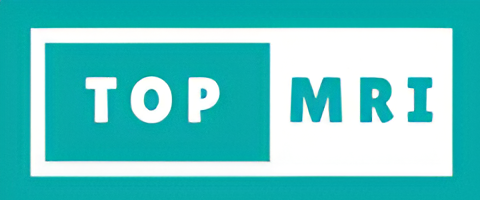
Shoulder MRI
All you need to know about Shoulder MRI
Shoulder MRI is done to get a detailed image of the inside structure of the shoulder region including the bones, blood vessels, and tissues. It helps to diagnose unexplained pain in the shoulder region and also the reason behind the pain.
Why it is performed?
Our shoulder is made up of three major bones, making it the most mobile joint in the body. This results in attracting various problems related to the shoulders. It is considered to be the best choice for identifying the shoulder injury or pain. Injury or the pain in the shoulder may be a result of long-term wear and tear of the joint.
MRI of the shoulders is done in the following conditions –
Sports-related injury
Fractures in the bone
Shoulder joint dislocation
Arthritis
Rotator cuff tear
Pain and Swelling
Infection or tumor
Decreased motion of the joints
Joint abnormalities
Check the progress of the shoulder surgery

What are the benefits?
It is a non-invasive technique and uses no radiation.
It can determine which shoulder injury requires surgery.
Provides detailed images when other imaging pictures do not provide a clear view of the problem.
Detecting abnormalities obscured by bone is possible.
The contrast material has less chance of causing an allergic reaction.
It is a great alternative as it is a non-invasive method.
It helps in diagnosing various conditions including bone and muscle abnormalities.
What are the risks involved?
There is no risk if proper guidelines are followed.
The use of sedation in excess could be a problem.
The implanted device may malfunction.
Gadolinium contrast injection may result in a complication.
There are chances of an allergic reaction.
Gadolinium may remain in the body of the patients.
What are the limitations?
It is expensive and time taking.
An irregular heartbeat may interfere with the image quality.
If the person is not lying still, high-quality images won’t be possible.
A very large person may not be able to fit properly in the machine.
Implanted devices may make it difficult to obtain clear images.
Normal vs. Abnormal Shoulder MRI –
A normal Shoulder MRI means that there is no problem in the shoulder whereas an abnormal shoulder MRI means that there is some problem with your shoulder.
What happens after a Shoulder MRI?
After the scan has been done, the doctors would interpret the results and suggest the next steps accordingly.
Source –
https://www.healthline.com/health/shoulder-mri-scan#followup
https://www.webmd.com/pain-management/what-to-know-about-shoulder-mri